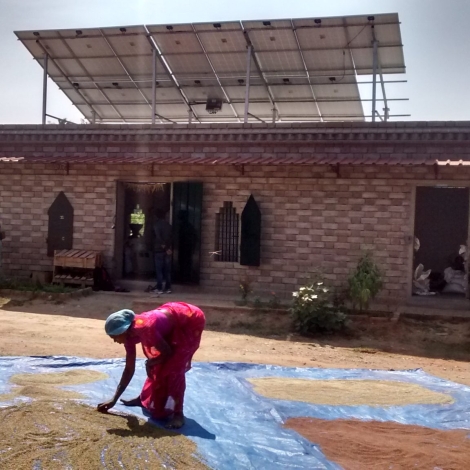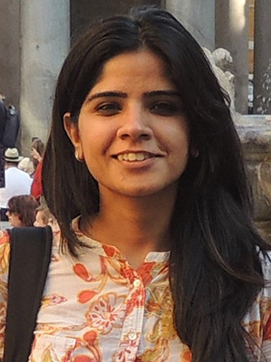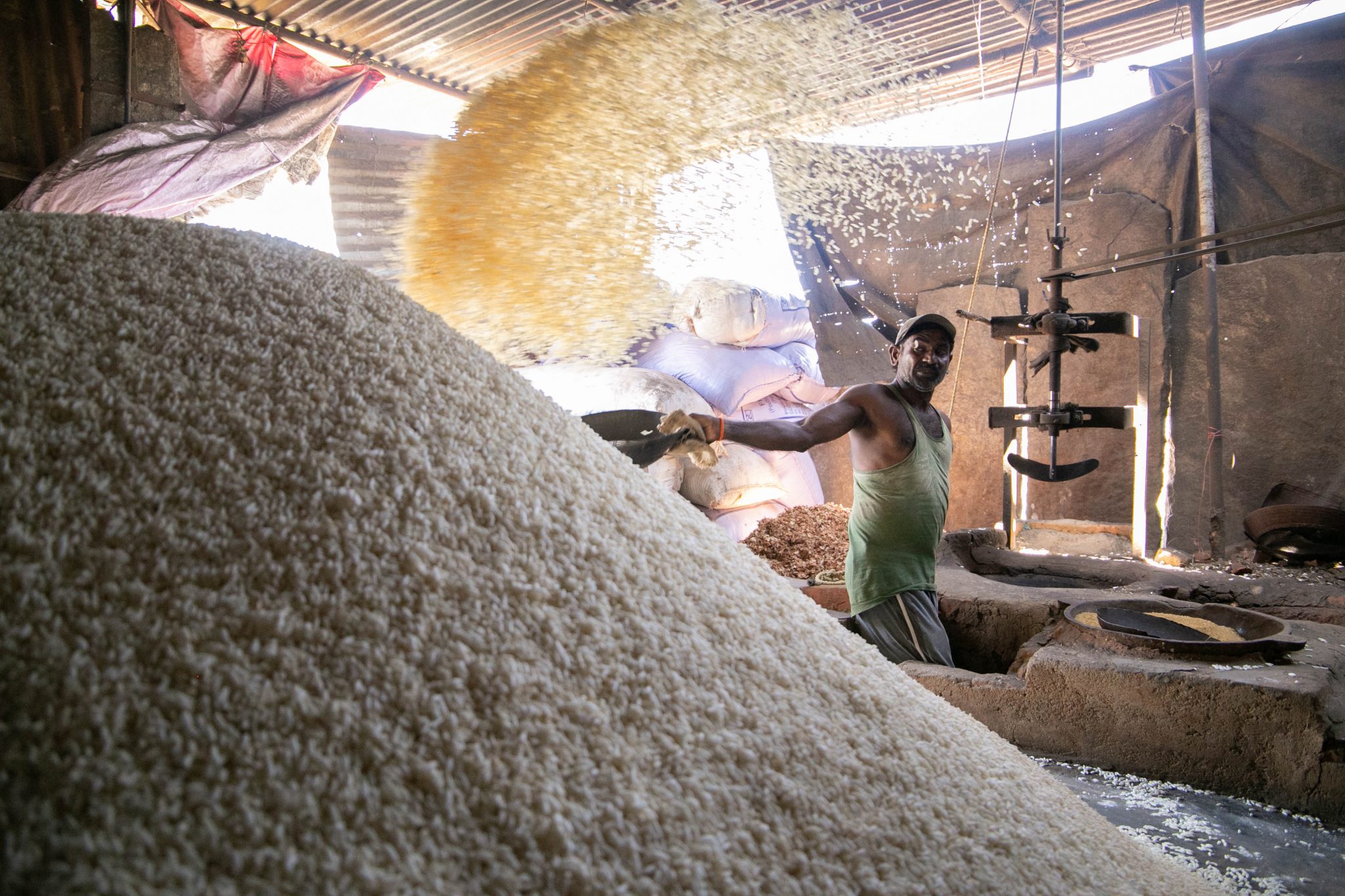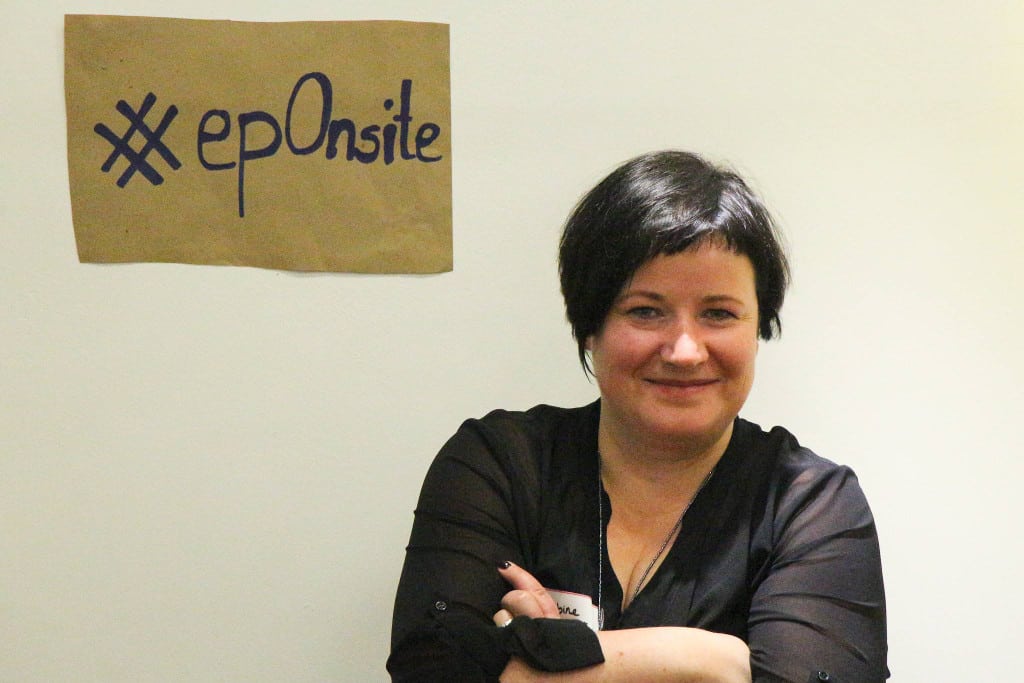Rachita Misra began working with the SELCO Foundation in Bangalore, Karnataka (India) five years before the coronavirus pandemic. Trained as an architect and urban planner, Ms. Misra found that work with the foundation demanded a transformation in her approach to problem solving, she says. Take housing, for example. To an architect, low-cost housing may seem like a problem solved by design and materials. But work with migrants and other underserved communities revealed housing as a multi-faceted challenge that requires solutions in many disciplines, including policy, politics and even psychology, Ms. Misra says.
The discipline-spanning nature of the work is even more pronounced now as SELCO Foundation navigates the complications of the coronavirus, surging in a second wave in India.
The SELCO Foundation launched within the Solar Electric Light Company—SELCO—in 2010. It is a non-profit incubator of technological innovations that improve lives and livelihoods in underserved, often rural communities and small-plot farms. The foundation equips rural schools with projectors and digital resources, for example, and develops solar-powered machines for processing millet and other staples.
Ms. Misra serves as Associate Director of Knowledge and Advocacy at the SELCO Foundation. She is also a member of the Steering Committee for E4C’s Innovation Lab. We asked Rachita Misra five questions.
E4C: The coronavirus is rampant in India and other countries where you and the SELCO Foundation operate. How can we help?
RM: The pandemic has really impacted the health and livelihood of families across the globe. While people from across different socio-economic backgrounds have been affected, access to solutions has been skewed. Many families have lost their sole income earners, and many are left with tremendous financial burdens because of health bills or disruptions in livelihoods. It’s an absolute emergency and a disaster on many fronts. And yes, people and organizations need grants and monies to tide over the crisis.
We need better platforms that allow for people to share learnings and solutions quicker, and communicate them in a manner that allows for grassroot practitioners to absorb and adopt them.
But what we also need right now is for people to give their time and expertise, to share with us solutions. What has worked in your countries, and what mistakes did you commit?
This is not the first disaster, and definitely won’t be the last (unfortunately). I think one of the biggest takeaways we should have from this pandemic is that with climate disasters looming, we need better crisis managers. We need better platforms that allow for people to share learnings and solutions quicker, and communicate them in a manner that allows for grassroot practitioners to absorb and adopt them.
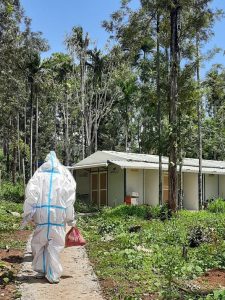
SELCO Foundation supplied solar power generators to the COVID-19 Remote Quarantine Center at Ashiwini Hospital in Gudalur, Tamil Nadu India.
E4C: How has the pandemic affected the people you and the foundation work with?
RM: Many of the grassroot entrepreneurs in India (like many other developing countries), work on monthly cash flows. A small disruption in the cashflow can destroy the business entirely. In Tier II and Tier III towns, or rural geographies, small businesses are the lifelines for the local communities. They are the sole service providers. Their destruction is not just a loss to the economy but it is a loss to the overall society itself. The second wave in India has been very disruptive. Businesses were already impacted negatively last year during the first wave; this year it is going to be harder for them.
Also, at SELCO Foundation we work with enterprises who are innovating on technologies like rice hullers, energy-efficient looms, egg incubators, etc. The entrepreneurs leading these enterprises have a vision to innovate and deliver solutions to underserved communities.
It’s important that we act fast and rebuild, but also rebuild in a manner that results in a greener and more sustainable recovery.
The pandemic has, of course, created many disruptions in their businesses, i.e. internal supply chains and manufacturing processes. But most importantly, it has completely disrupted the ecosystems for their end users. In order to save these businesses, we need to take a holistic perspective and save the livelihoods of the poultry farmers and the paddy farmers who, in turn, are the customers of the social enterprises innovating for their needs. If we don’t take that approach, we will lose out on several years of developmental gains. It’s important that we act fast and rebuild, but also rebuild in a manner that results in a greener and more sustainable recovery.
E4C: SELCO Foundation lists transparency and the admission of failure among its merits. What’s one of the blunders by you or the foundation that led to a valuable lesson?
RM: Underestimating people’s aspirations and the value of financing. That has been my biggest learning, personally. I think many a times when looking at innovating on technology, we don’t spend enough time understanding the exact need. Where does the gap lie? What is the context within which a problem lies? And what are the motivations behind someone adopting a solution? Without understanding that truly, we went into implementing large number of projects and it really started to back fire.
When I started working at the field level, I had to unlearn quite a bit.
Also, when I started working at the field level, I had to unlearn quite a bit. Sometimes our education system trains us to think in a siloed manner. I have been trained as an architect and a regional planner. Early on, when I started understanding problems at the ground level, it was hard for me to shed the bias of an architect and observe the problem as a pure need, and not as an architectural problem. I feel that understanding need, and the importance of training your mind to articulate a problem is almost always underestimated. While working on projects such as housing for migrant workers, I wasted time and resources solving issues from an architectural lens, when the issues were much deeper, lying in policy, economics, human aspirations etc.
E4C: Practitioners warn against one-size-fits-all solutions, but SELCO Foundation documents seem to suggest that some solutions, such as sustainable energy technologies, can have a predictable impact in many different countries and contexts. How would you describe the universality of some of the solutions you work with?
RM: Definitely agree—people living in poverty and their needs are extremely heterogeneous and solutions need to be customized. But what we differentiate on is that while solutions are not transferable, learnings definitely are.
At SELCO, we believe in ‘replication’, and not ‘scale.’ Let me expand on the difference here. When we say scale, the perception is that the same solution is transferable across communities and countries. This is true for solutions driven by ‘wants’ and not ‘needs.’ When replicating, there is a recognition that a solution is a combination of technology, finance and ownership model, and all three can change according to the context of the end user. The more models we have, and the more we develop the capacity in ourselves to understand solutions as made up of different parts, we are able to capture it as its parts and use combination of different parts for developing a solution.
A solution is not universal, but learnings and approach can be. A big part of the innovation thought process is thinking in terms of processes and analogies. And that’s the learning that we drive at SELCO.
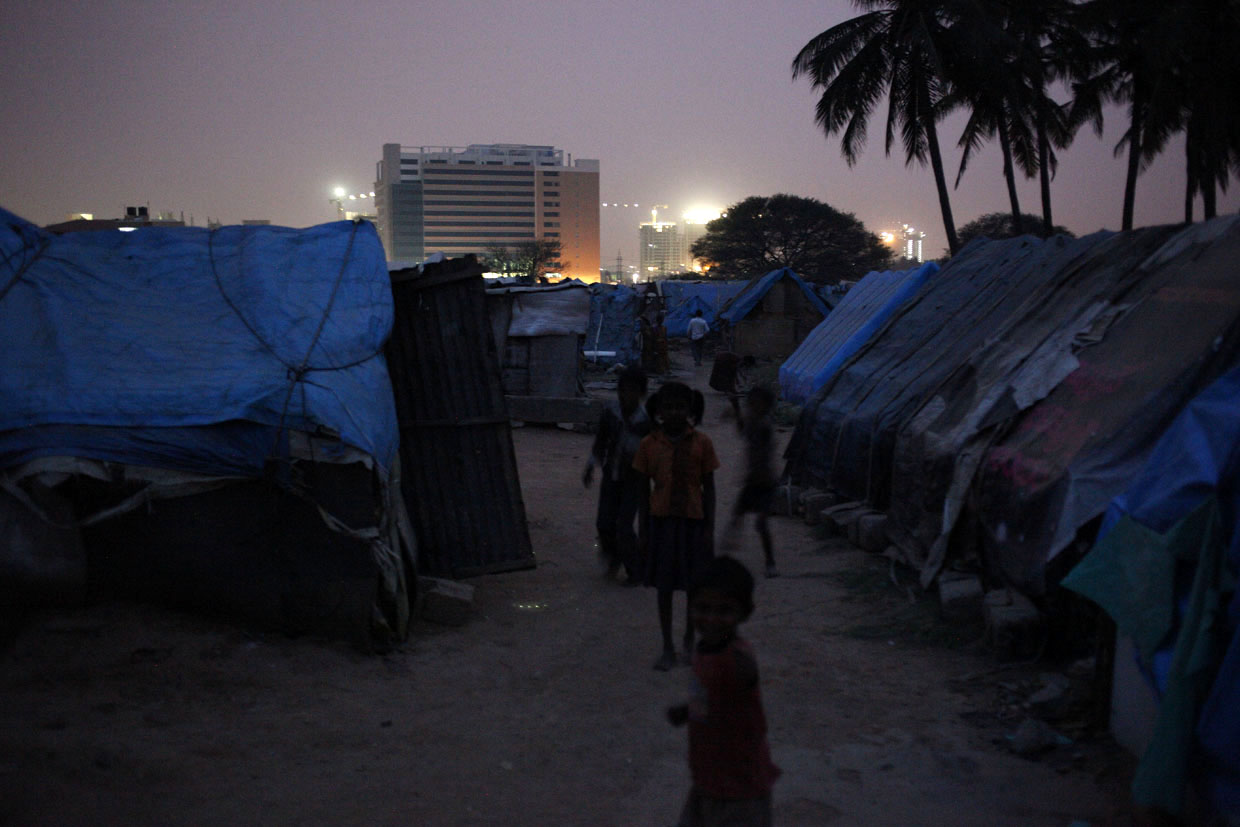
SELCO Foundation implemented energy and housing solutions in migrant settlements such as this one in Bangalore, Karnataka India): Photo: Marilyn Smith, SELCO Foundation
E4C: Would you describe a technological challenge that SELCO Foundation is trying to surmount now? Is there a realistic breakthrough that you expect to see in the near future?
RM: At SELCO, we look at technology as a means to drive sustainable and inclusive development. It is very important for us to innovate while asking questions on ownership and accessibility. And the innovations which have given me the most satisfaction personally have been the ones which have really decentralized economies and ownership. In agriculture, for example, many of the technology innovations have happened responding to existing markets—catering to centralized large scale production, harvest management and processing—in already developed urban centers. But in contrast, the need is to respond to requirements of the small and marginal farmers, who expend significant amounts to access basic technology currently.
There are so many hidden transaction costs and opportunity costs that we need to look into, and that’s where breakthroughs can happen!
The biggest opportunity currently is in innovating for technologies that can make farming and processing feasible at a decentralized scale. More importantly, that can transform value chains and help decentralize the ownership of the food back to the farmers.
The energy economics of agriculture needs to be really understood as well. Our Agriculture Innovation team at SELCO has been looking at decentralized renewable energy and innovations in agricultural technologies for hulling, grading, pulverizing and milling. And we are really seeing how that is potentially shortening supply chains and making communities more resilient during the pandemic right now. There is a lot of scope for technology innovation to look at using energy as a lens to reduce input, output and value-add costs for small and marginal farmers. There are so many hidden transaction costs and opportunity costs that we need to look into, and that’s where breakthroughs can happen!
